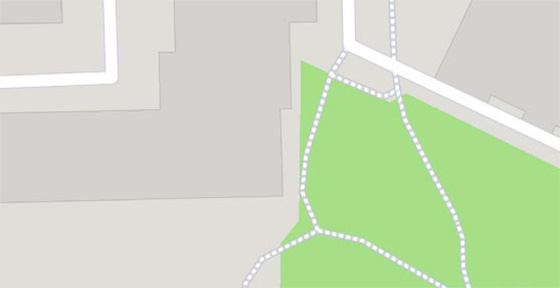As part of five permanent exhibitions, the Hungarian National Museum presents collections on the history of Hungary and Hungary, as well as territories that are currently outside the country. The most important exhibits in the museum, which is dedicated to a separate exhibition, is the coronation mantle of Saint Stephen, the first king of Hungary.
The exhibition titled "Between East and West" presents the history of the Hungarian lands from the Paleolithic period to the 9th-10th centuries. Two more exhibitions allow you to learn about the history of the Hungarian state from its foundation until the end of the 20th century. A separate exhibition is dedicated to the stone remains of the Roman province of Pannonia.
The museum was founded in the first half of the 19th century thanks to the initiative of Ferenc Széchényi. Especially for the needs of the museum, its headquarters was built - a neoclassical building designed by Mihály Pollacka. The interior of the building is decorated with frescoes by Mora Than and Károly Lotz, and in front of the entrance we will see sculptures by Rafael Monti.
Attractions inside




